
A Content Marketing Strategies That Drive Results” is a broad and essential topic in digital marketing. This is known as the creation as well as the distribution of all the relevant and valuable content, that can be used by the websites to drive better results. So, the Main goal is to engage, grow, retain, and boost the audience via organic methods.
So, it is necessary to have a content marketing strategy, as a well-executed content marketing strategy is a brilliant way to promote your brand on a bigger scale. Thus, this makes your business stand out amongst all the other businesses at the time for consumers to buy one’s products or services.
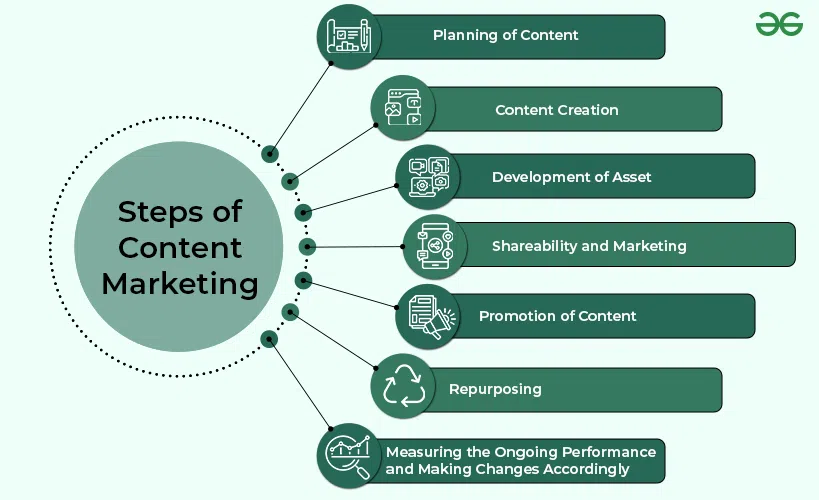
A Content marketing is a marketing strategy used to attract, engage, and retain an audience by creating and sharing relevant Articles, videos, podcasts, and other media. This approach establishes expertise, promotes brand awareness, and keeps your business top mind when it’s time to buy what you sell. it approaches and used to create, distribute, and promote content with the goal of attracting, engaging, and converting a target audience. And These strategies are designed to drive profitable customer by providing valuable, relevant, and consistent content. That addresses the needs and interests of the audience.
So, I would love to share a few content marketing examples to help you to understand:
The content marketing strategy helps you achieve specific goal, such as defining clear success metrics, define clear success metrics, and creating processes for specific improvements. This is more effective than randomly producing content and hoping that the content will do its job. The main goal while creating content marketing strategies is to send the right message. And increase brand awareness about your brand to your current and potential customers.
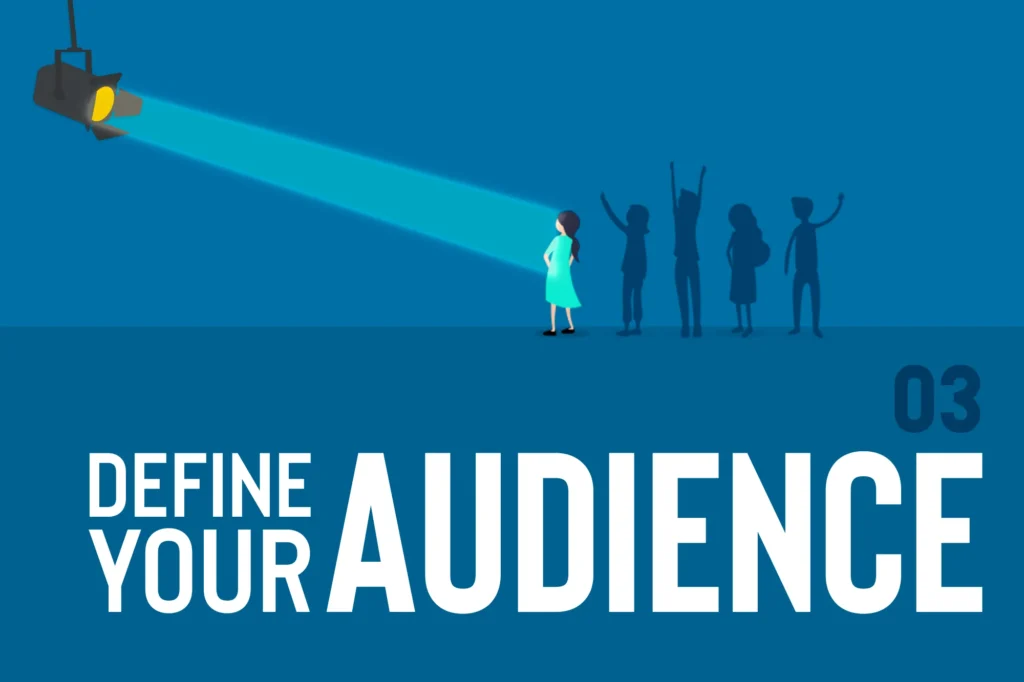
The first and foremost point for any content marketing plan is to determine your target audience. The buyers will be the base of your strategy, but please keep in mind that your audience is not only the buyers but also potential buyers. or people who begin interacting with your brand long before they are ready to make a purchase. It refers to a subset of content marketing strategies focused on audience definition and targeting. These strategies revolve around your target audience’s characteristics, preferences, behaviors, and needs. This creates highly relevant and engaging content that resonates with them.
So it is very important to create content that will attract potential customers before they begin the buyer journey. so. here’s how you can start:
* Firstly’ Create detailed buyer personas that represent different segments of your target audience based on common characteristics and behaviors. This involves synthesizing the data collected during audience research to create fictional profiles.
* Find the “Audience” report to see your market audience in detail. Such as their demographics, socioeconomics, and social media preferences.
* Create content to the specific needs, interests, and preferences of different audience segments identified through persona development.
* Develop content that speaks directly to the needs and interests of your target audience and provide them with valuable information, and solutions, that align with their goals and challenges.
* Then Identify the most effective channels and platforms for reaching and engaging your target audience based on their preferences and behaviors.

“Establishing the Goal of the Content” is an Important step in any content marketing strategy in digital marketing It clearly defines the purpose and objectives that the content aims to achieve. Each content piece or content marketing campaign should have a well-defined goal. For example, a blog is designed to capture certain keywords and has the goal of improving search engine rankings for keywords. A thought leadership blog post aims to build authority and conversation around a relevant issue, driving awareness of your brand.
Here’s how you can start:
* You may establish the broader business objectives, to specific goals for individual pieces of content or content campaigns. For example, a blog post may aim to educate the audience about a particular topic. While a social media campaign may focus on increasing engagement or driving conversions.
* Identify the content marketing metrics that matter to you. What will success look like in numbers? Define your success metrics for each piece of your content you plan to create and share.
* So, Focus on long-tail keywords that is highly relevant to your niche, rather than investing resources in keywords that are out of reach.
* Ensure that you’re content goals are Specific, Measurable, Achievable, Relevant, And Time-bound (SMART).
* The more specific and data-focused your KPI, the clearer your path to achieving it will be.
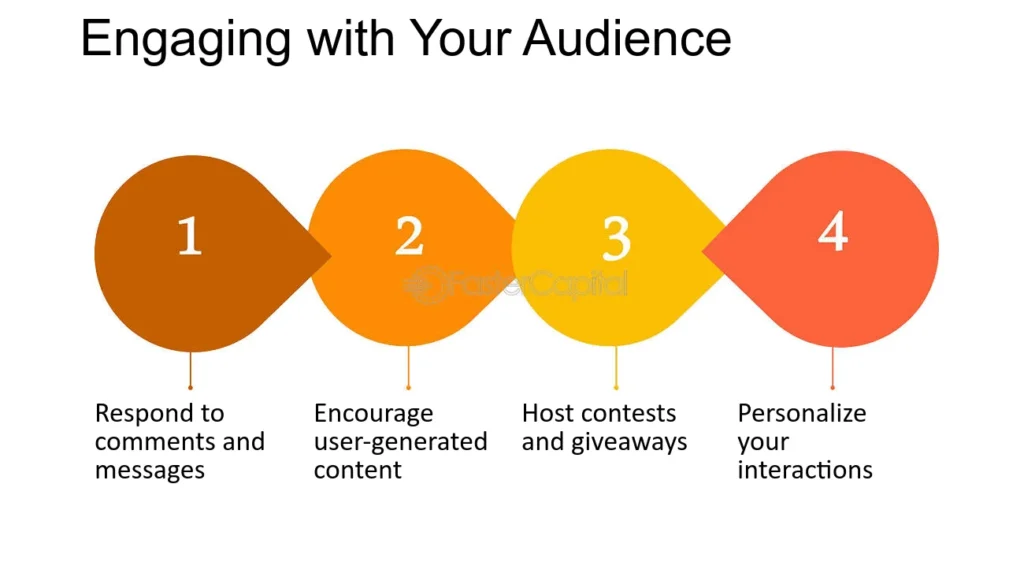
If you Give your audience compelling reasons to engage with your content then it is essential for a successful content marketing strategy. If you want to build a loyal audience, you must provide some kind of added value. So, there is so much content out there; unless you can keep it fresh and in touch with your readers’ mindsets. So, you won’t be able to engage their interest.
Here’s how you can start:
* Offer them valuable and relevant information, insights, or entertainment that resonates with your audience’s interests, needs, and pain points.
* Share industry insights, tips, tutorials, how-to guides, or case studies that demonstrate your expertise.
* So, Use storytelling, humor, or inspirational content to engage with your audience’s attention and evoke emotional responses.
* Create content that entertains, inspires, or evokes curiosity, making it more memorable and shareable.
* Use eye-catching visuals, including images, videos, graphics, and animations, to enhance the appeal of your content and make it more engaging.

If you’re Creating a high-level editorial plan and content calendar is essential for organizing your content marketing efforts. And it ensure you consistency, relevance, and alignment with your goals and audience needs.
Here’s how you can start:
* The first thing you should do after selecting content topics is identify the most critical tasks. And the things that you can easily test.
* You can prioritize in multiple ways, including the following:
1) Potential traffic gains
2) Which campaigns you’re focusing on first
3) What resources you’ll need to create your campaigns
4) When products or services are launching
Based on this information, you can decide which campaigns, topics, and formats should come first in your plan. This organized approach is especially helpful if you have lots of content. And want to build authority on a certain topic.
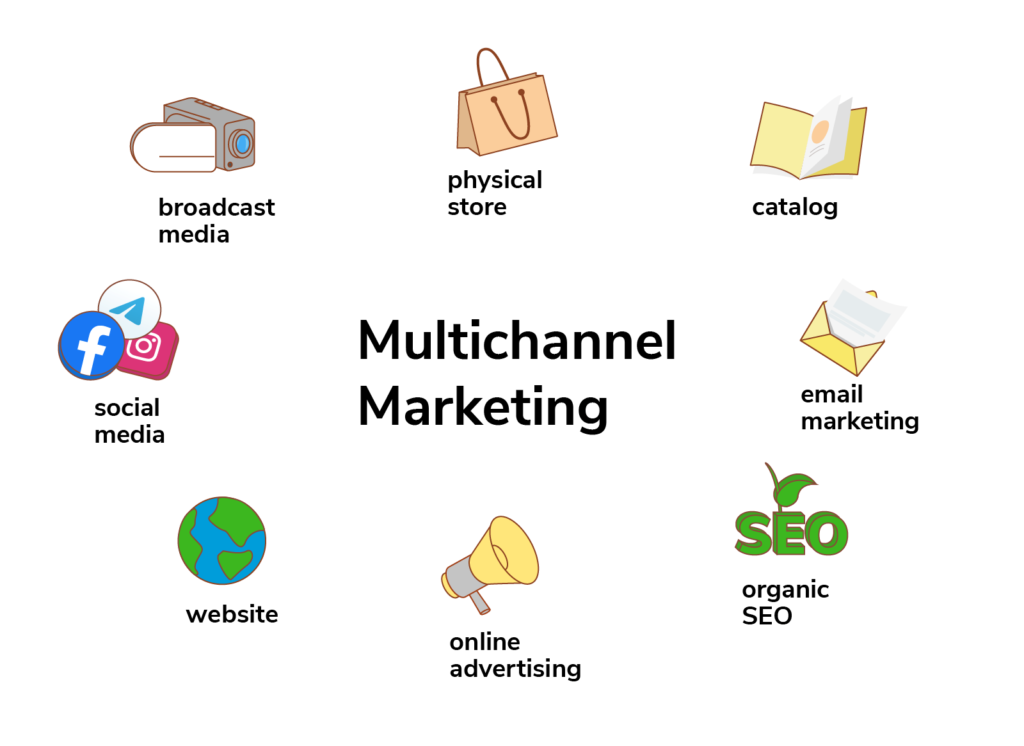
Promoting your content across multiple channels is important for reaching a wider audience it drive traffic to your website, and maximizing engagement. Consider partnering with several high-quality ad networks and social networks that offer broad reach and solid audience targeting features. It Include link building as part of your strategy to broaden exposure, via guest blog posting, video marketing, and influencer marketing.
Here’s how you can Start:
* Publish your content on your website or blog, ensuring it is optimized for search engines and user experience.
* Share snippets, quotes, or visuals from your content on popular social media platforms such as Facebook, Twitter, LinkedIn, Instagram, and Pinterest.
* Send out email newsletters to your subscriber list featuring links to your latest content.
* Create video content based on your blog posts, articles, or infographics and share them on platforms like YouTube, Instagram ,or Facebook.
* So, Use paid advertising channels such as Google Ads, Facebook Ads, LinkedIn Ads, or sponsored content to promote your content to targeted audiences.
* Engage and build relationships with online communities, forums, or discussion boards related to your niche and share your content when relevant.
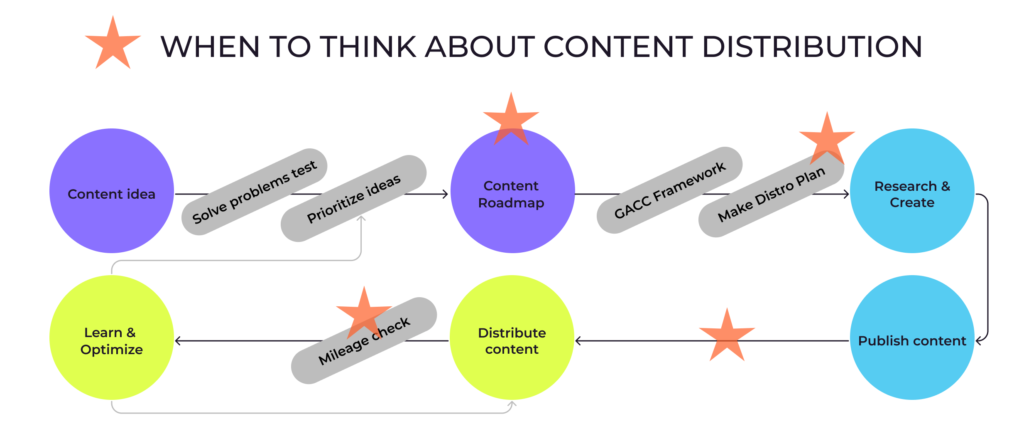
To succeed in content marketing, you need to make sure your content reaches the right audience at the right time. And This is where the content distribution strategy comes into play. So when designing your strategy, list the core channels you will target. And analyze their historical performance, and develop ideas on what you can improve.
Focus heavily on user experience during this process. So, think about things like:
Also, keep SEO basics in mind. Like keyword strategy, internal linking, meta tags, etc. To automate this process, use AI writing tools like Content Shake. You can choose from many types of content formats to promote via paid channels. Like influencer-driven campaigns, sponsored content, lead-generating ads, and more.

Analyzing your content performance is the best way to understand what content resonates with your audience. It also helps you see whether your content marketing efforts are paying off. And help you meet your marketing goals. But only 54% of marketers analyze their content ROI in 2023.
Here’s how you can start:
* Set specific KPIs for every content piece: This will help you determine what your benchmark for success is
* Set up Google Analytics: Track page performance and connect with Semrush’s Position Tracking tool to get updates on target keywords.
* To analyze your content’s performance, use tools like Google Analytics for quantitative data on page views and engagement.
* Monitor social media metrics for insights on audience engagement through likes and shares.
* Employ UTM parameters to track traffic sources accurately.
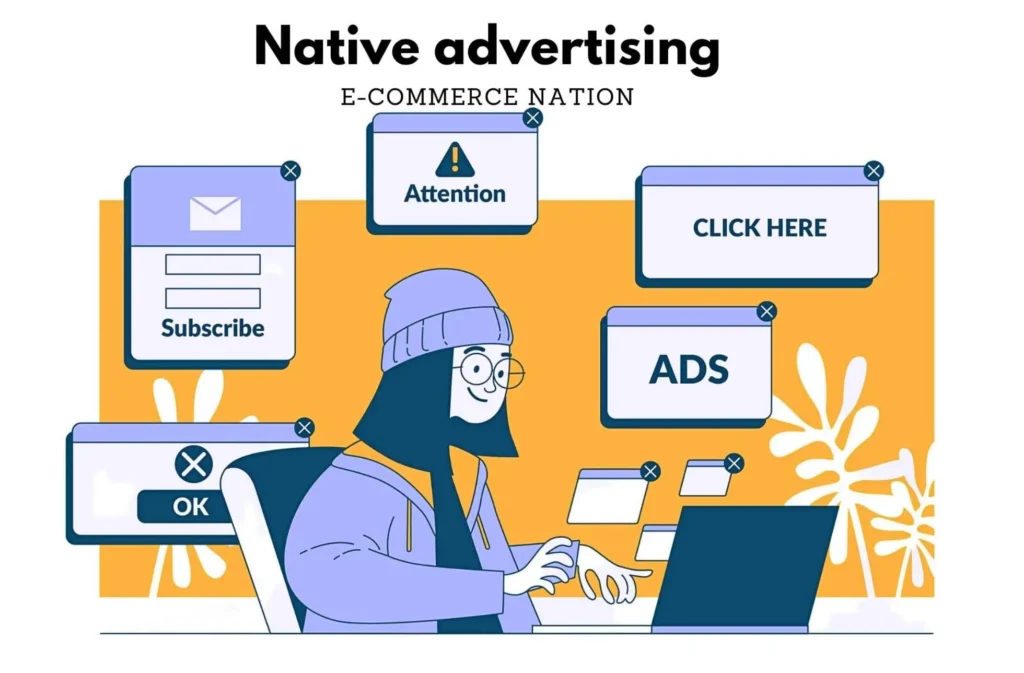
Content marketing Strategies: Native advertising is paid media designed to match the content of a media source. An example of mobile native advertising would be paid video content on the You tube app. This media is designed to match the visual design and function of natural content, appearing in your feed of recommended videos.
As a result, native advertising helps brands gain visibility, broaden their exposure, and drive higher click-through rates and conversions, ultimately helping to improve the ROI of your content marketing strategy. Native ads are more likely to use information or and “insider secrets” to attract audiences. Since these native ads tend to be targeted, their messages are often welcomed.
Content marketing builds customer awareness, generates leads, and increases conversions. With the advancement of the digital age, content has become an essential part of any marketing strategy. Content marketing not only enhances brand visibility and credibility but also fosters lasting relationships with customers. Remember, success in content marketing doesn’t happen overnight, but with dedication and a data-driven approach, it’s a powerful tool that can lead to sustainable growth and significant ROI.
. By implementing the right strategies, consistently producing high-quality content, and leveraging various distribution channels, businesses can drive remarkable results.

Talk to our experts who can guide you from choosing the right course, which will help to become successful in your Career.
Join our ONE free Class Now and Decide Yourself.

Unit of Global EduCareer Solutions.
B – 1/628, 2nd Floor, JanakPuri
Delhi – 110058
Opp. Metro Pillar No. 570
All Rights Reserved to GICT Since 2008

Unit of Global EduCareer Solutions.
B – 1/628, 2nd Floor, JanakPuri
Delhi – 110058
Opp. Metro Pillar No. 570
All Rights Reserved to GICT Since 2008